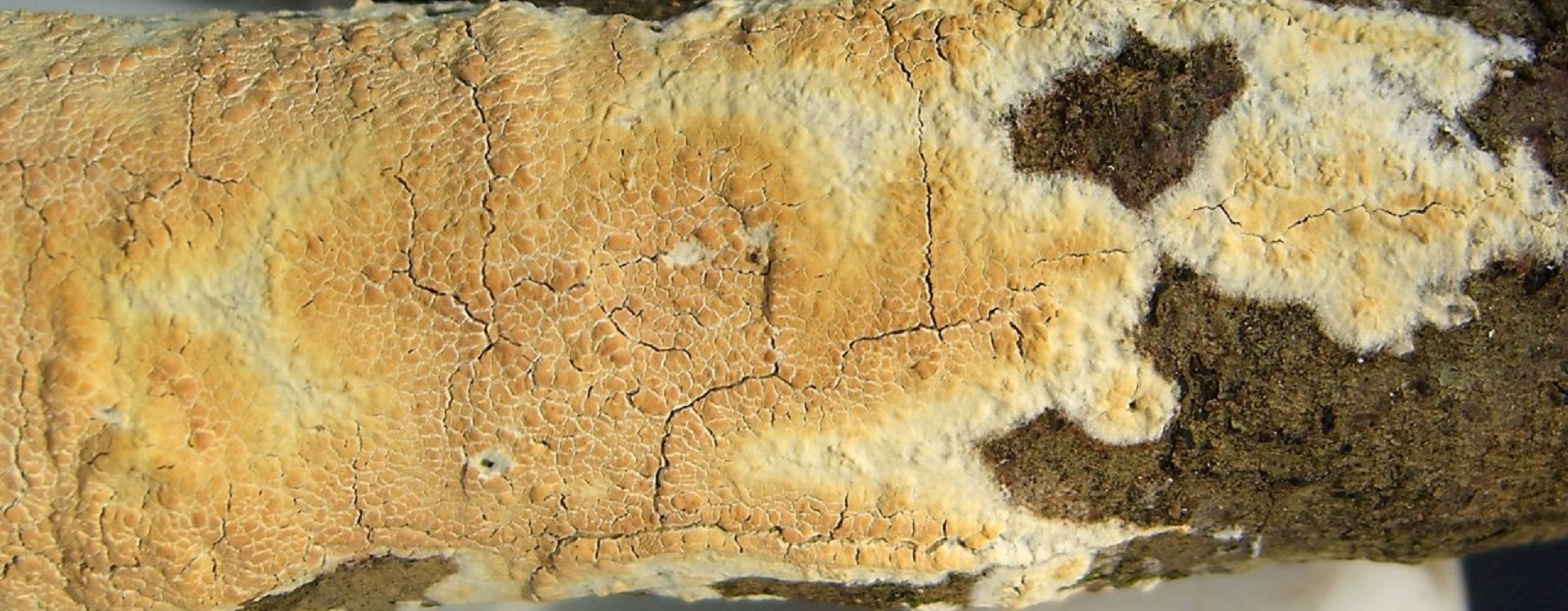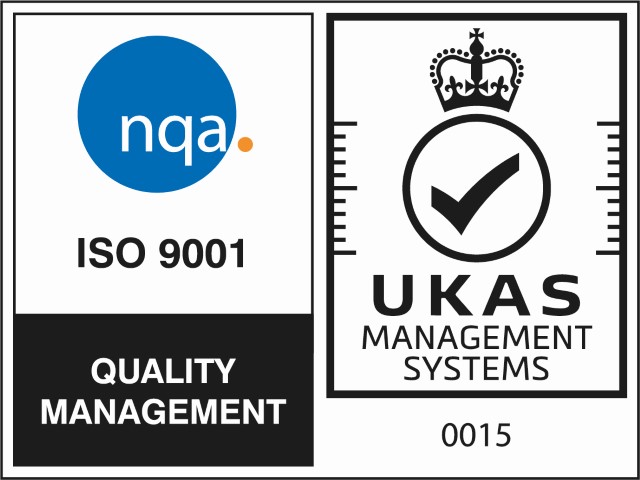What is Wet Rot?
Wet rot is the natural decay of timber due to high moisture levels. It occurs in timber with a moisture content of around 30%-50%, in contrast to dry rot that occurs in timbers with a lower moisture content of around 20%.
Wet rot is caused by a fungus that is attracted to very damp wood and feeds off the timber, destroying it in the process. There are many different types of fungus, but Coniophora puteana, also called cellar fungus, is the most common.
Wet rot is confined to a localised damp area and does not spread, making it less destructive than dry rot. However, wet rot can be just as destructive as dry rot, and, if left untreated, can seriously weaken structural timbers and lead to major structural damage.
Causes of Wet Rot
Wet rot requires a source of moisture to grow, as wet rot spores are attracted to wet wood with a high moisture content. This moisture source could occur as a result of any number of issues including defective plumbing, leaking gutters, leaking roof, broken pipes, leaking washing machine, or a leaking bath or shower tray.
Timber that is exposed to excess moisture provides the ideal environment for wet rot growth, as it allows fungal spores to germinate and grow, as they use the timber as a food source and eat away the wood, weakening its structural integrity.
Wet Rot Identification
Wet rot can be difficult to identify as it is often present in dark, poorly ventilated, non-visible areas such as cellars, lofts, roofs, under floorboards, window and door frames, and under stairs. Wet rot can be identified through the following features:
- Dark brown staining on the timber.
- Splitting or longitudinal cracking along the grain of the timber.
- A damp, musty smell.
- Timber that is damp to touch.
- Localised fungus growing on the timber.
- The affected area is darker in colour than the surrounding timber.
- The timber has a soft, spongy feel.
- The timber caves in easily when prodded with a screwdriver.
- The timber crumbles and cracks when dry.
- Wood is bleached around the affected area, particularly on door and window frames.
- Damaged or flaky paint.
- Timber shrinkage.
- If the paint is damaged, take a knife and push it into the painted timber. The knife should stop after a short distance – but if it goes in up to the handle, this is a sign of wet rot behind the paint.
- Mycelium strands on the timber.
- The fungus does not spread.
- Distortion, discolouration, and loss of strength in the timber.
Wet Rot Treatment
Wet rot should be professionally treated as soon as any of the above symptoms are identified as the longer the wet rot is left untreated, the worse it will get and the greater threat it could pose to the structural timbers that are keeping your home standing. The following steps should be taken by a wet rot specialist to treat dry rot and prevent future infestations:
- Determine the cause of the wet rot by identifying the source of the moisture and then remove it. Removing the source of the moisture is key, as the wet rot will cease once the moisture is removed as the dampness enables the fungus to feed and develop.
- Expose and assess the full extent of the damage by determining the extent of the infestation, the type of fungus, and the nature of the decay.
- Remove all timbers that have been destroyed and damaged by the wet rot fungus.
- Repair any damage to surrounding timbers and treat adjacent timber with a fungicide to protect the wood and prevent a recurrence.
- Once all wet rot has been eradicated, replace affected timbers with new timbers that have been pre-treated with a fungicide to prevent future wet rot decay.
Book a Survey
If you identify any of the warning signs above and suspect that wet rot is affecting your home, get in touch with our experts today and book a survey. Our expert surveyors will identify wet rot, inspect the cause, assess the extent of the damage, and recommend the best course of action to restore your home.











